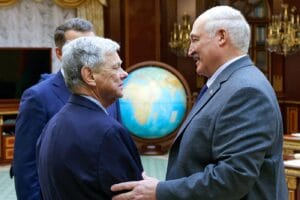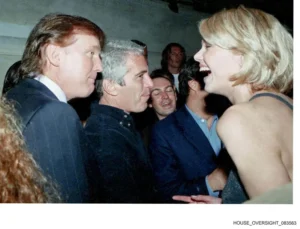How to Understand the Philippines Corruption Scandal
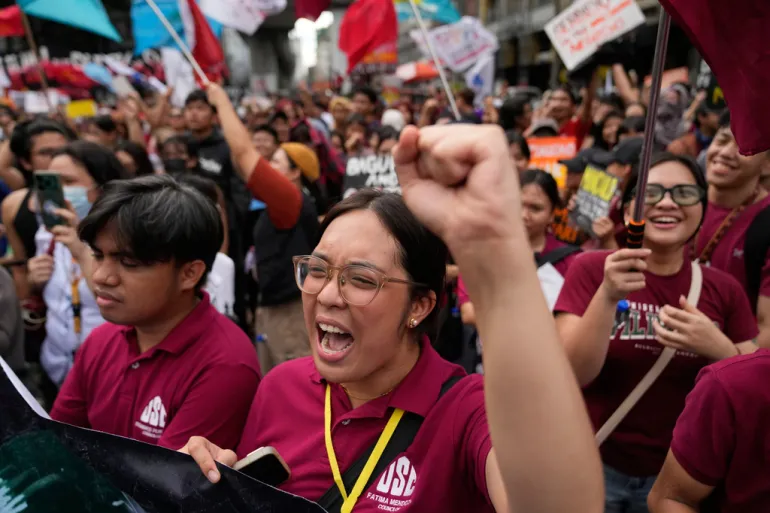
The political landscape of the Philippines has rocked by an eruption of public fury (Philippines). Tens of thousands of citizens poured into the streets of Manila. They staged massive, emotionally charged rallies. The driving force behind this widespread mobilization is a corruption scandal. This scandal has labeled an “enormous evil” by religious and civil society leaders. The protests are demanding accountability from high-ranking government officials. They are calling for an end to systemic graft. Consequently, the scale and intensity of the demonstrations signal a severe crisis of public trust. The Philippines now faces a critical moment. It must choose between sustaining the status quo and enacting genuine institutional reform. Philippines
The Catalyst: Unraveling the Corruption Web Philippines
The demonstrations are a direct, visceral response to a high-profile corruption case. This case has implicated individuals at the highest levels of the current administration.
The Scale of the Scandal
The corruption scandal involves the alleged misappropriation of billions of pesos from public infrastructure projects and state contracts. Investigations revealed a complex web of kickbacks, inflated costs, and illegal tenders. This network spans multiple government agencies and involves influential political figures. The money has allegedly siphoned from vital projects. These included flood control systems and school modernization programs. This act of betrayal against the public trust has fueled widespread outrage. The economic impact of the alleged graft is staggering. It deprives the country’s most vulnerable citizens of essential services.
The Role of Civil Society Philippines
The rallies have organized and led by a formidable coalition. This coalition included influential Catholic archbishops, prominent anti-corruption advocates, and grassroots student organizations. The Catholic Church, a powerful moral force in the Philippines, played a pivotal role. Archbishop Socrates Villegas, a leading voice in the movement, used strong language. He condemned the graft as an “enormous evil.” He asserted that the continuous theft of public funds is a “sin against the poor.” This unified call from civil society and religious leaders provided moral legitimacy to the protests. It encouraged wider public participation.
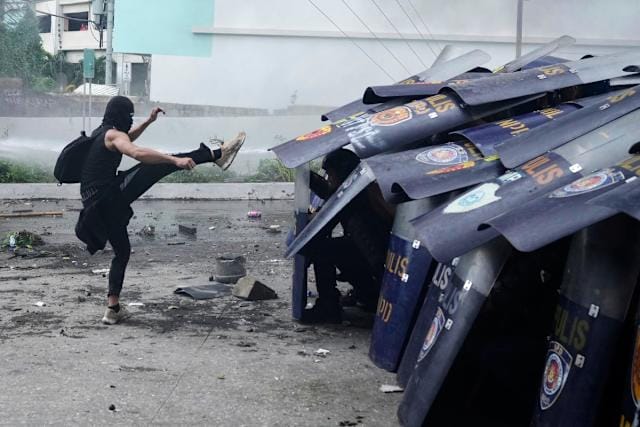
The March in Manila: A Show of People Power Philippines
The demonstration in Manila was a massive display of people power. It evoked memories of past democratic movements. It served as a direct challenge to the government’s authority.
Unity Across Generations
Tens of thousands of Filipinos marched from various points. They converged at the National Museum. The crowd was diverse. It included survivors of martial law, middle-class professionals, and large numbers of young people. Students were particularly visible. They carried handmade signs demanding accountability. The atmosphere has charged with determination. It maintained a peaceful but uncompromising stance. The unified message was clear: stop the corruption now. The placards focused on specific demands. They called for the immediate resignation of officials implicated in the scandal. They also demanded full transparency in ongoing government contracts.
Economic Grievances Fuel the Fire
The public anger extends beyond the immediate corruption case. It has fueled by deep-seated economic grievances. Filipinos are struggling with high inflation. They face persistent unemployment. It see the government’s failure to address basic services. They watch as news reports detail massive, inexplicable wealth among political elites. This perception of a government enriching itself at the expense of ordinary citizens is explosive. The slogan of the march became symbolic. It focused on the need for “genuine change and justice.” This suggests a desire to restructure the entire political system.
The Government’s Response: Deflection and Denial
The government has visibly rattled by the scale of the public backlash. Its response has characterized by deflection and attempts to control the narrative.
Dismissing the Protests
Officials initially dismissed the protests. They claimed the rallies were small. They asserted they have “politically motivated” by opposition parties. The President’s spokesperson argued that the rallies have designed to “sow discord” and undermine the administration’s progress. This strategy of minimizing the public anger proved ineffective. The rallies grew in size and intensity. The government has then forced to change its approach. It launched its own media counter-campaign. The goal was to stress the administration’s commitment to “clean governance.”
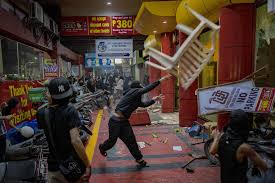
The Call for Institutional Reform
The political pressure is immense. It has forced the administration to make minor concessions. Several mid-level officials have immediately suspended. This has done pending an internal investigation. However, critics demand more. They insist that the government must allow independent and impartial oversight. They demand full access to relevant financial documents and communication logs. The Archbishop’s message was direct. He called for the creation of an “uncompromising, anti-graft body.” This body would have powers to pursue all levels of government. Without genuine institutional reform, the protests will continue. They will maintain pressure on the fragile political structure.
A Crossroad for the Philippines Philippines
The massive public mobilization against the corruption scandal represents a crucial crossroad for the Philippines. The protests are a powerful manifestation of popular anger. They are a rejection of the systemic graft that has plagued the nation for decades. The unified voice of civil society, religious leaders, and citizens is demanding nothing less than full accountability and justice. The government can no longer simply dismiss the outrage as politically motivated. It must respond with genuine, transparent institutional reform. The outcome of this crisis will define the legitimacy of the current administration. It will set the standard for governance in the years to come. The people have spoken. They have used their collective voice to demand an end to the “enormous evil” of corruption.
Read More Articles Click Here. Read Previous Article Click Here.
